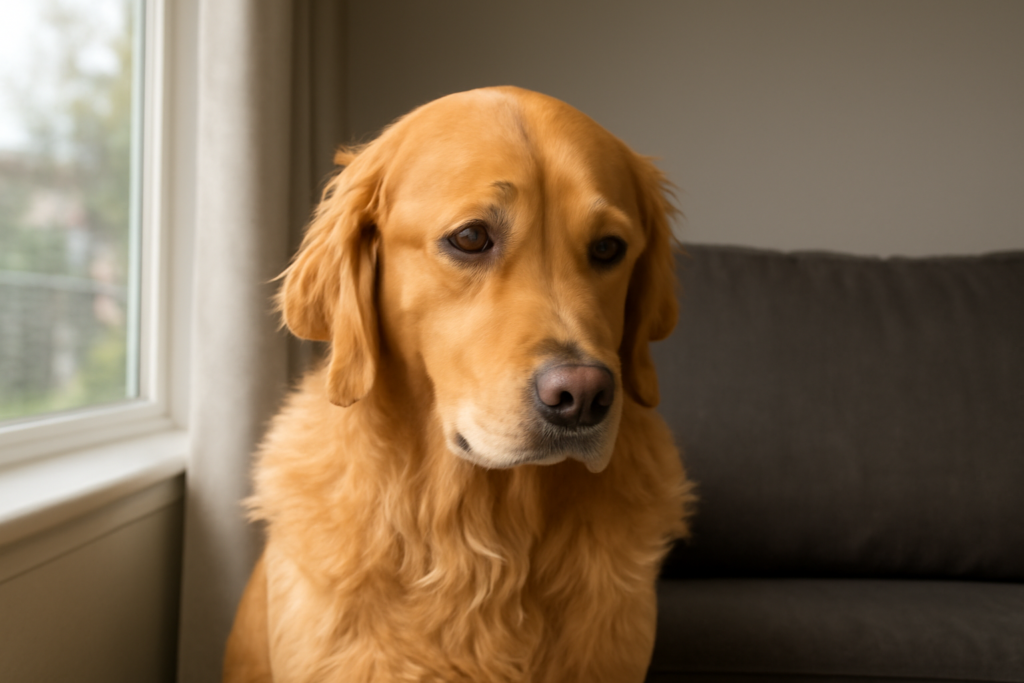How to Prevent Separation Anxiety in Dogs?
As a devoted dog owner, you understand the joy and companionship your furry friend brings into your life. However, when it comes to leaving your dog alone, the situation can become challenging. Separation anxiety is a common issue that affects many dogs, leading to distressing behaviors when left alone. This comprehensive guide aims to provide you with practical strategies to prevent and manage separation anxiety in dogs, ensuring both you and your canine companion can enjoy a harmonious relationship

Firstly, we should understand Separation Anxiety in Dogs
What Is Separation Anxiety?
Separation anxiety in dogs is a behavioral condition characterized by a dog exhibiting signs of distress when separated from its owner or guardian. These signs can range from mild to severe and often occur when the dog is left alone or separated from its primary caregiver.
Common Symptoms
Dogs with separation anxiety may display various behaviors, including:
- Excessive Barking or Howling: Continuous vocalization when left alone.
- Destructive Chewing: Damaging furniture, doors, or personal items.
- House Soiling: Urinating or defecating indoors despite being house-trained.
- Pacing or Restlessness: Constant movement or agitation when left alone.
- Depression or Withdrawal: Signs of sadness or lack of interest in usual activities.
Recognizing these symptoms early is crucial for effective intervention.
Causes of Separation Anxiety
Understanding the root causes can aid in prevention:
- Sudden Changes in Routine: Alterations in daily schedules can unsettle dogs.
- Loss of a Family Member or Other Pets: Grief from the loss can trigger anxiety.
- Previous Experiences of Abandonment: Dogs adopted from shelters may have past traumas.
- Lack of Socialization: Insufficient exposure to various environments and situations.
- Genetic Predisposition: Certain breeds are more prone to anxiety disorders.
Preventing Separation Anxiety
1. Establish a Consistent Routine
Dogs thrive on predictability. Maintaining a regular schedule for feeding, walks, and bedtime can provide a sense of security.
2. Gradual Desensitization
Begin by leaving your dog alone for short periods and gradually increase the duration. This helps your dog become accustomed to your absence without feeling overwhelmed.
3. Create a Safe Space
Designate a comfortable area with familiar items like toys and bedding. This can serve as a sanctuary for your dog during your absence.
4. Provide Mental and Physical Stimulation
5. Avoid Dramatic Departures and Arrivals
Keep your departures and arrivals low-key to prevent creating anxiety around these events.
Treatment Options
If prevention strategies are insufficient, consider the following:
- Consult a Veterinarian: A vet can rule out medical issues and may recommend medications to alleviate anxiety.
- Professional Training: A certified dog trainer can implement behavior modification techniques tailored to your dog’s needs.
- Calming Products: Products like pheromone diffusers, anxiety wraps, or calming music can help soothe anxious dogs.
Local Resources in Memphis, TN & Hernando, MS
For personalized assistance, consider reaching out to local professionals:
- The Dog School: Offers training programs to address behavioral issues, including separation anxiety.
- Memphis Veterinary Specialists: Provides veterinary services with a focus on behavioral health.
- Hernando Animal Hospital: Offers consultations and treatments for various canine behavioral concerns.
FAQs
While a complete “cure” may not always be possible, many dogs show significant improvement with consistent training and management strategies.
Yes, breeds like Labrador Retrievers, Border Collies, and German Shepherds are often more susceptible due to their strong bond with owners.
Start with brief periods, around 5-10 minutes, and gradually increase as your dog becomes more comfortable.
Medications can be beneficial when combined with behavioral therapy, especially in severe cases. Consult your veterinarian for guidance.
Conclusion
Separation anxiety is a manageable condition with the right approach. By understanding its causes, implementing preventive measures, and seeking professional help when necessary, you can ensure your dog leads a happy and stress-free life. Remember, consistency and patience are key in helping your canine companion overcome separation anxiety.
